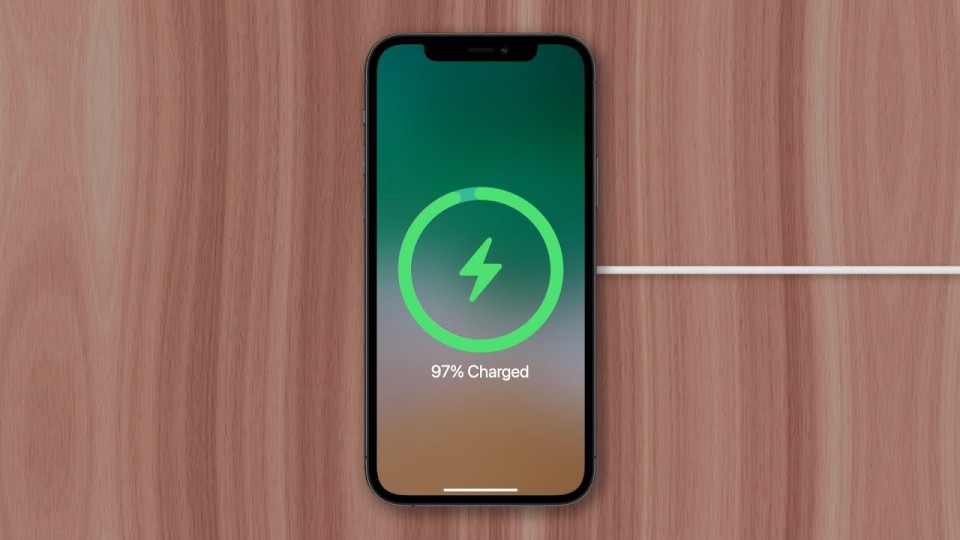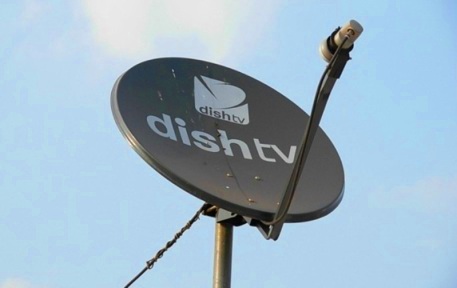
Phoneshage, the latest frontier in smartphone charging technology, heralds a paradigm shift that promises to redefine how we power our mobile devices. This revolutionary approach combines the best of wired and wireless charging, eliminating the constraints that have long plagued these conventional methods. With Phoneshage, the days of compatibility issues, tangled cables, and environmental concerns become a thing of the past, paving the way for a seamless and eco-friendly charging experience. This comprehensive article explores the evolution of smartphone charging, the challenges it has faced, and how Phoneshage is poised to redefine the way we power our devices.
The Evolution of Smartphone Charging
Early Days: Wired Charging
In the early days of smartphones, users relied on wired charging methods. This involved connecting the device to a power source using a cable, usually with a USB connector. While effective, wired charging came with its limitations, including the inconvenience of tangled cables and the need for a physical connection.
Wireless Charging Emerges
Wireless charging represented a significant leap forward, eliminating the need for cables and introducing the convenience of placing the device on a charging pad. Qi wireless charging technology gained popularity, becoming a standard feature in many modern smartphones. Despite its convenience, wireless charging had its own set of challenges, including slower charging speeds and the need for precise placement on the charging pad.
Fast Charging Solutions
To address the issue of charging speed, fast charging solutions entered the market. Technologies like Qualcomm’s Quick Charge and USB Power Delivery allowed users to charge their smartphones at a much faster rate. While effective, these solutions still relied on wired connections, and the need for compatible chargers limited widespread adoption.
Challenges in Smartphone Charging
Compatibility Issues
The diverse landscape of smartphone manufacturers led to compatibility issues among charging technologies. Different devices required different chargers and cables, causing frustration for users who needed to carry multiple charging accessories.
Battery Degradation
Continuous advancements in smartphone capabilities have led to increased power demands, putting a strain on battery life. Traditional charging methods, especially those involving high voltages, contributed to battery degradation over time, reducing the overall lifespan of the device.
Environmental Concerns
The proliferation of electronic devices and their associated charging accessories raised environmental concerns. The disposal of old and obsolete charging cables contributed to electronic waste, prompting a need for more sustainable charging solutions.
Phoneshage: A Paradigm Shift in Charging Technology
Understanding Phoneshage
Phoneshage represents a paradigm shift in smartphone charging technology. This innovative approach combines the best aspects of wired and wireless charging while addressing the limitations of both. The term “Phoneshage” is derived from “phone” and “charge,” encapsulating the essence of this transformative technology.
Seamless Integration
Phoneshage integrates seamlessly into the user’s daily life. By combining the convenience of wireless charging with the efficiency of fast charging, Phoneshage eliminates the need for physical cables while delivering rapid power to the device.
Universal Compatibility
One of the standout features of Phoneshage is its universal compatibility. Regardless of the smartphone make or model, Phoneshage-enabled devices can charge effortlessly on compatible surfaces. This universality promises to simplify the user experience and reduce the need for multiple charging accessories.
Eco-Friendly Design
Recognizing the environmental impact of electronic waste, Phoneshage incorporates eco-friendly design principles. The elimination of physical cables reduces the production of non-biodegradable materials, contributing to a more sustainable approach to smartphone charging.
How Phoneshage Works
Inductive Charging Technology
Phoneshage relies on advanced inductive charging technology to transfer power from the charging surface to the device. This is achieved through the use of electromagnetic fields, allowing for a wireless and contactless charging experience.
Rapid Charging Capacities
Phoneshage introduces rapid charging capacities that rival traditional wired fast charging methods. This ensures that users can quickly top up their device’s battery without compromising on speed or efficiency.
Smart Device Recognition
Phoneshage incorporates smart device recognition capabilities, identifying the specific power requirements of each connected device. This intelligent feature optimizes the charging process, ensuring compatibility and maximizing charging efficiency.
The Future Implications of Phoneshage
Redefining User Experience
Phoneshage is not just a technological advancement; it is a redefinition of the user experience. With the elimination of cables and the seamless integration of charging into everyday environments, users can enjoy a new level of convenience and flexibility in keeping their devices powered.
Extended Device Lifespan
The efficient charging mechanisms of Phoneshage contribute to the extended lifespan of smartphone batteries. By minimizing stress on the battery and reducing heat generation during charging, Phoneshage aims to address the issue of battery degradation, leading to devices that last longer.
Standardization in Charging
As Phoneshage gains traction, there is potential for standardization in smartphone charging technology. A universal approach to wireless charging could pave the way for a future where users no longer need to worry about compatibility issues, fostering a more streamlined and user-friendly ecosystem.
Challenges and Considerations
Adoption Rates
While Phoneshage presents a promising future for smartphone charging, widespread adoption is crucial for its success. Compatibility with existing devices, affordability, and collaboration among smartphone manufacturers will play a significant role in determining the rate of adoption.
Infrastructure Development
The integration of Phoneshage technology into public spaces, homes, and workplaces requires infrastructure development. The availability of Phoneshage-enabled surfaces and charging pads will be a key factor in its acceptance among users.
Security Concerns
As with any wireless technology, security concerns must be addressed. Phoneshage developers must implement robust security measures to protect users from potential vulnerabilities, ensuring that the charging process remains secure and tamper-proof.
Conclusion
Phoneshage stands at the forefront of a new era in smartphone charging technology. By addressing the limitations of traditional charging methods, Phoneshage has the potential to revolutionize the way we power our devices. With its universal compatibility, eco-friendly design, and seamless integration into daily life, Phoneshage represents not just an evolution but a leap forward in the quest for efficient and sustainable charging solutions.
As we anticipate the widespread adoption of Phoneshage, the future of smartphone charging looks brighter than ever. The revolution is here, and it’s wireless, effortless, and ready to power the devices of tomorrow.



